This article was published in Scientific American’s former blog network and reflects the views of the author, not necessarily those of Scientific American
The technique of hatching, using many thin, parallel lines to describe form, texture and shadow has been in use since at least the middle ages. It lends itself well to etching, engraving and drawing, and was a favourite technique of Albrecht Dürer.
Mathematics-inspired artist Hamid Naderi Yeganeh uses formulas to push crosshatching into stunning and complex forms.
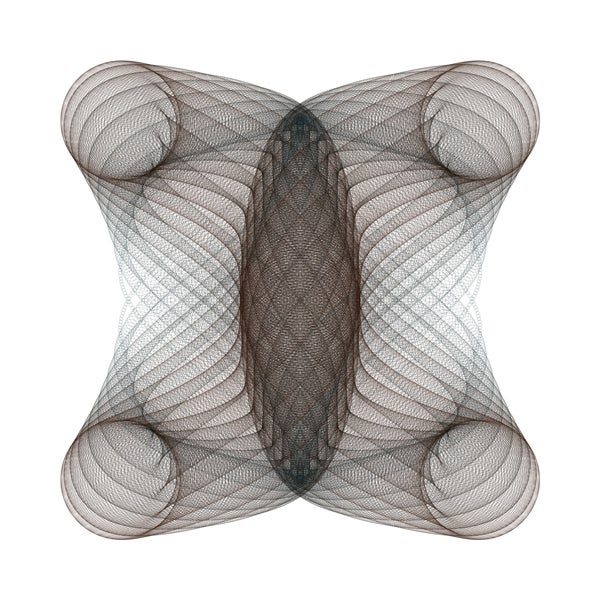
7,000 Circles © Hamid Naderi Yeganeh
On supporting science journalism
If you're enjoying this article, consider supporting our award-winning journalism by subscribing. By purchasing a subscription you are helping to ensure the future of impactful stories about the discoveries and ideas shaping our world today.
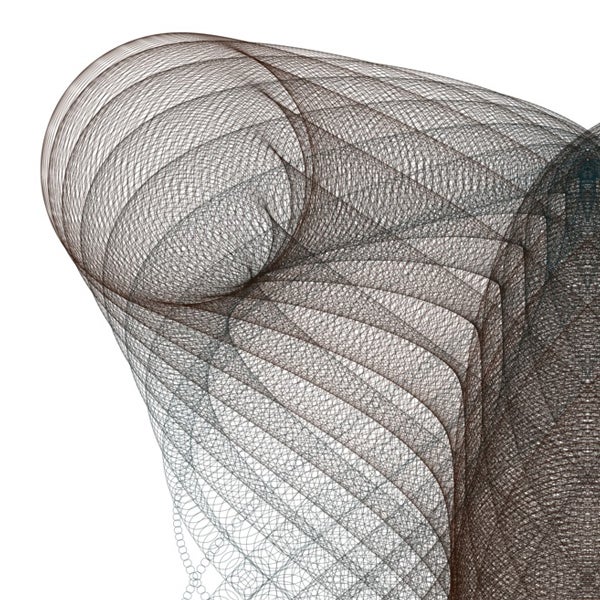
Detail from 7,000 Circles © Hamid Naderi Yeganeh. Here the tiny circles are visible in chains along the bottom left.

It can be difficult for a modern audience to appreciate all of the coded symbols in a work by Renaissance artist Dürer - and I do not mind admitting that I cannot follow the mathematical formulas that Yeganeh uses to launch his iterative artwork. The formulas are shared below each piece for those who can explore and appreciate them.
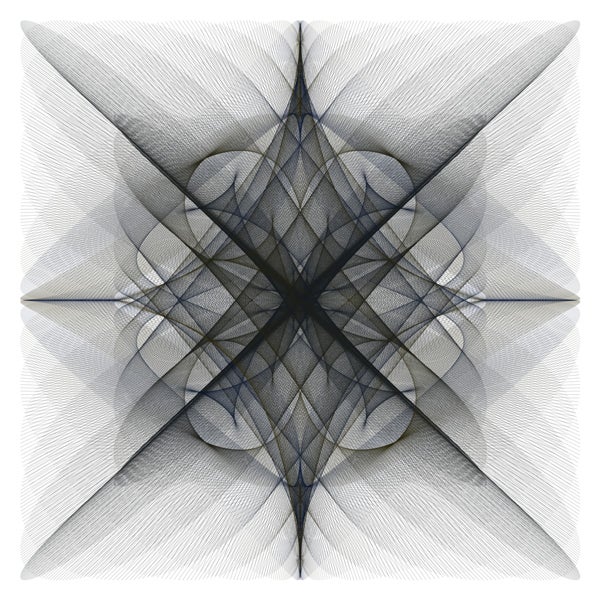
8,000 Line Segments © Hamid Naderi Yeganeh

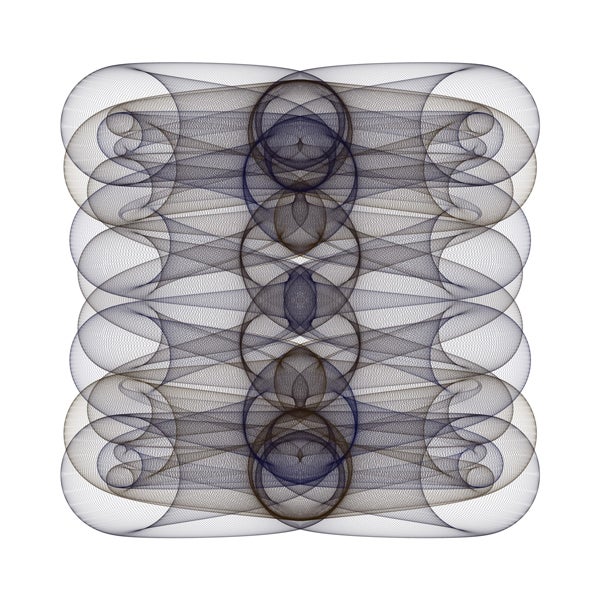
9,000 Circles © Hamid Naderi Yeganeh
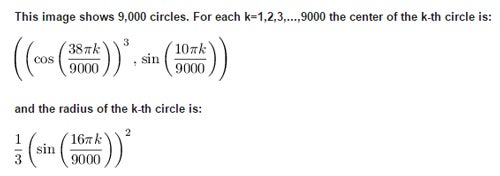
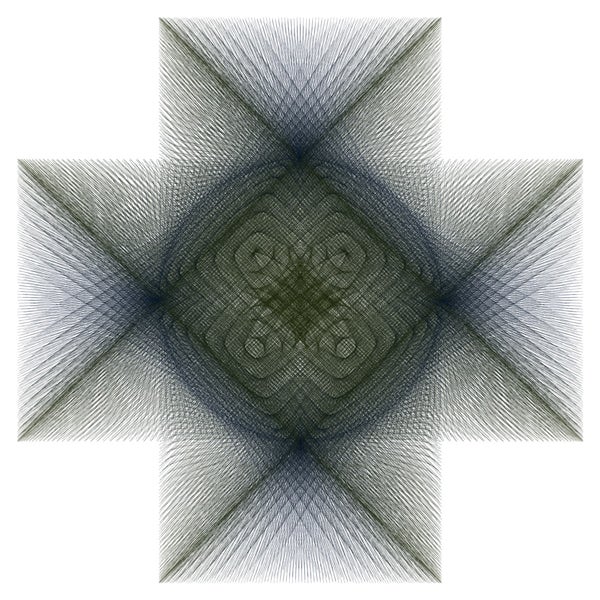
15,000 Line Segments © Hamid Naderi Yeganeh

I love the tiny circles in particular - it's a way of creating the forms that in one way evokes cells and also demonstrates the power of computer modelling under the hand of an artist. Crosshatching can be difficult to create in a way that appears uniform, and indeed imperfection is typically part of the technique's charm. Yeganeh's work feels both artistically familiar and machine-polished. There's craftsmanship hidden in these folds and contours.
When Yeganeh turns to representational art, the intense crosshatching takes on a playful air.
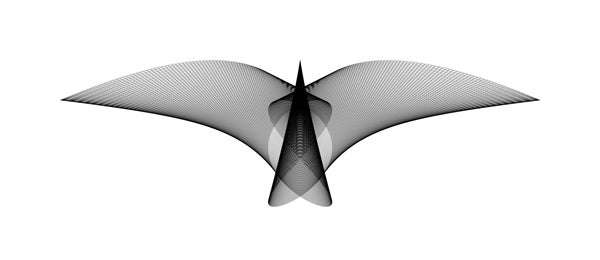
A Bird in Flight © Hamid Naderi Yeganeh

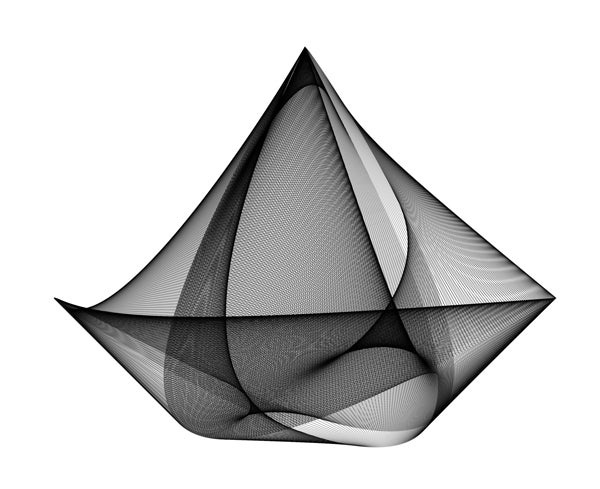
Boat © Hamid Naderi Yeganeh

Yeganeh has had work featured in The Guardian and The New York Times. Visit Hamid Naderi Yeganeh's website to explore more exquisite, mathematically inspired forms.